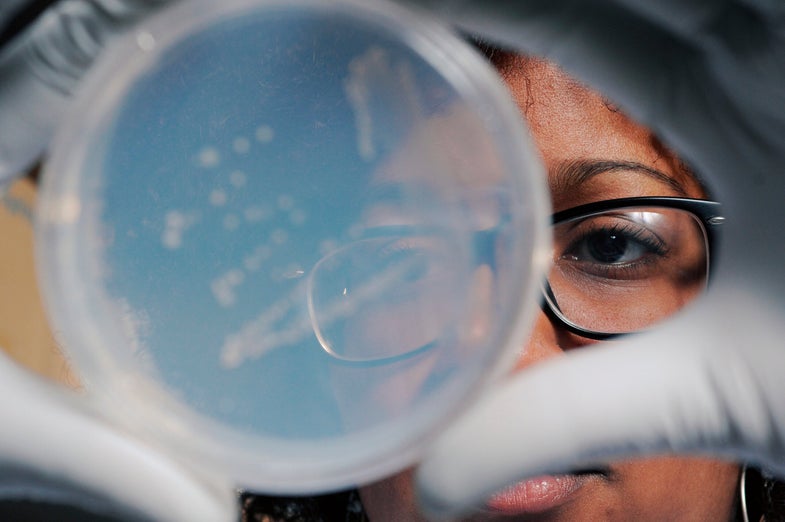Bacteria In Earth’s Atmosphere May Affect Cloud Formation And Climate
Weather can transport microbes long distances, and they can promote the formation of ice and cloud droplets.

Vast populations of microbes live between four and six miles above the Earth’s surface in the upper troposphere, an atmospheric zone considered at best a pretty lousy location for life. They might be living at those altitudes and feasting on carbon compounds that are helping warm the planet, or perhaps they were lofted up there by air currents, according to a new study.
Scientists don’t know yet how they got there, but they know there are a lot of microbes–and a lot of different kinds, too. “For these organisms, perhaps, the conditions may not be that harsh,” explains Kostas Konstantinidis, an assistant professor in civil and environmental engineering at the Georgia Institute of Technology. “I wouldn’t be surprised if there is active life and growth in clouds, but this is something we cannot say for sure now.”
The bacteria came from air samples taken on numerous flights as part of NASA’s Genesis and Rapid Intensification Processes experiment, or GRIP, which examined how hurricanes form and grow. Accompanied on their missions by a Global Hawk drone and a converted WB-57 bomber, scientists flew aboard a modified DC-8 to collect samples of air in cloudy and cloud-free air before, during and after the major 2010 hurricanes Earl and Karl. Air filters collected samples from the atmosphere, which included dust particles and apparently lots of microbes.
Researchers from Georgia Tech analyzed the samples using gene sequencing techniques, and found 17 different bacterial taxa. On average, 20 percent of the small particles in the upper atmosphere are living bacterial cells, according to their findings. Bacteria greatly outnumber fungi in the atmosphere, and the bugs in the air seem to mirror the type of bugs on the surface–when the aircraft flew over the ocean, the filters caught marine bacteria, and when they were over land, they found terrestrial microbes. The bacteria likely reach such great heights through the same processes that send sea salt and dust into the air, according to the researchers.
Some of the bacteria use carbon compounds that exist in the atmosphere, suggesting they might be able to survive there long-term. But what’s especially interesting about this is the potential impact microbes may have on our weather. Clouds are collections of liquid or frozen droplets that condense around a nucleus, usually a piece of dust or a grain of salt. But nuclei could be made from bacteria, too. Some types of bacteria promote the formation of ice droplets or of freezing, according to the researchers. That means airborne microbes might be more important for cloud formation than anyone thought.
The paper describing the microbes will be published this week in the Proceedings of the National Academy of Sciences.